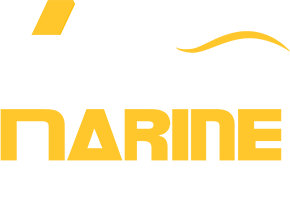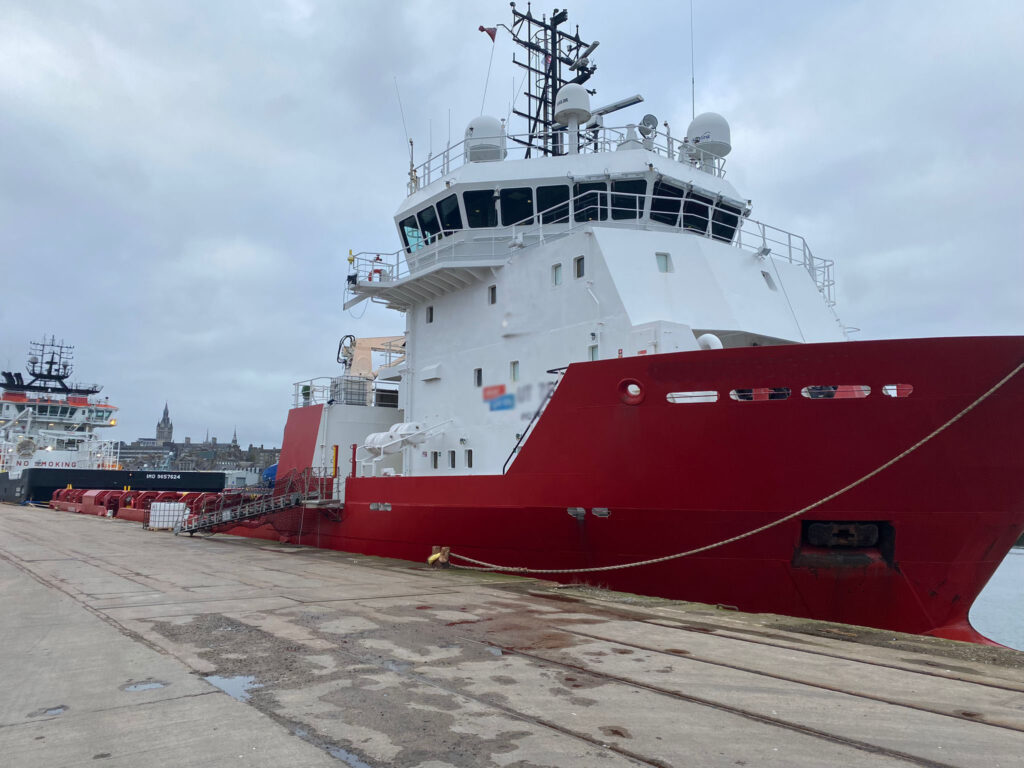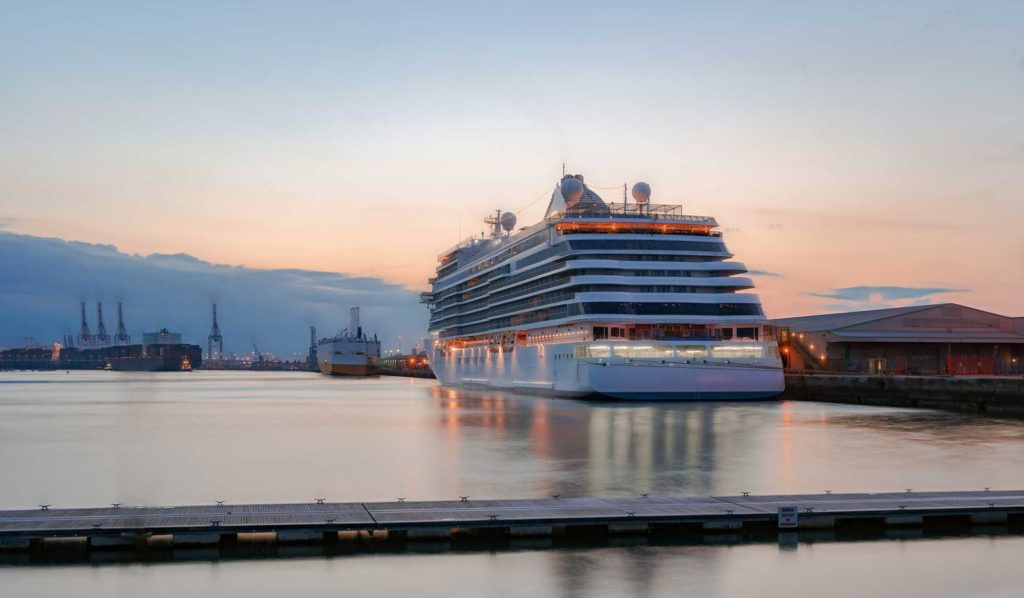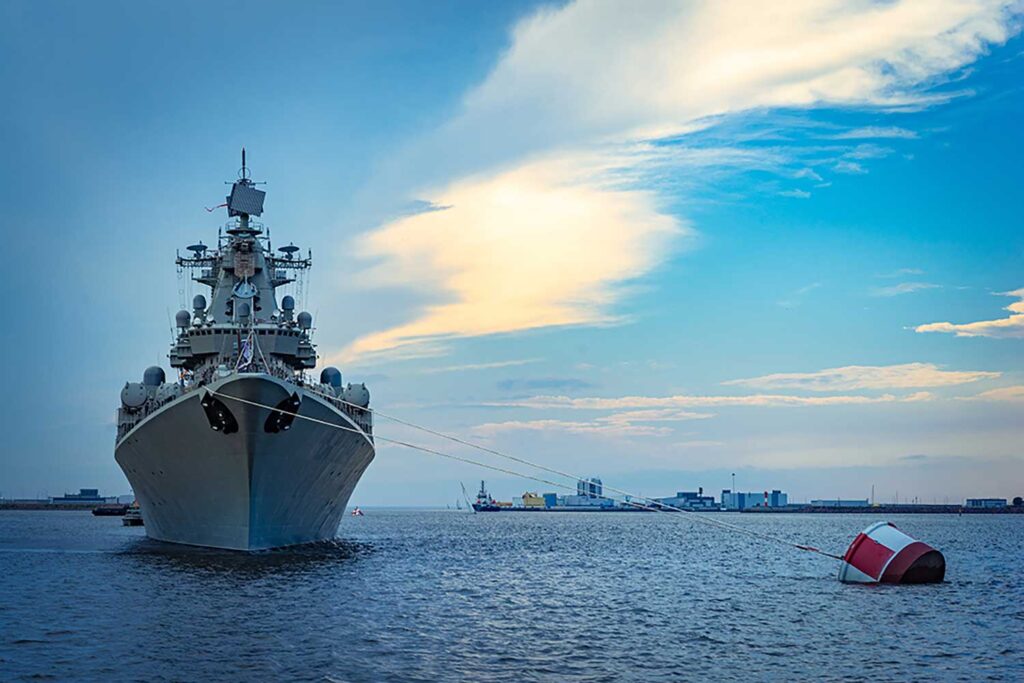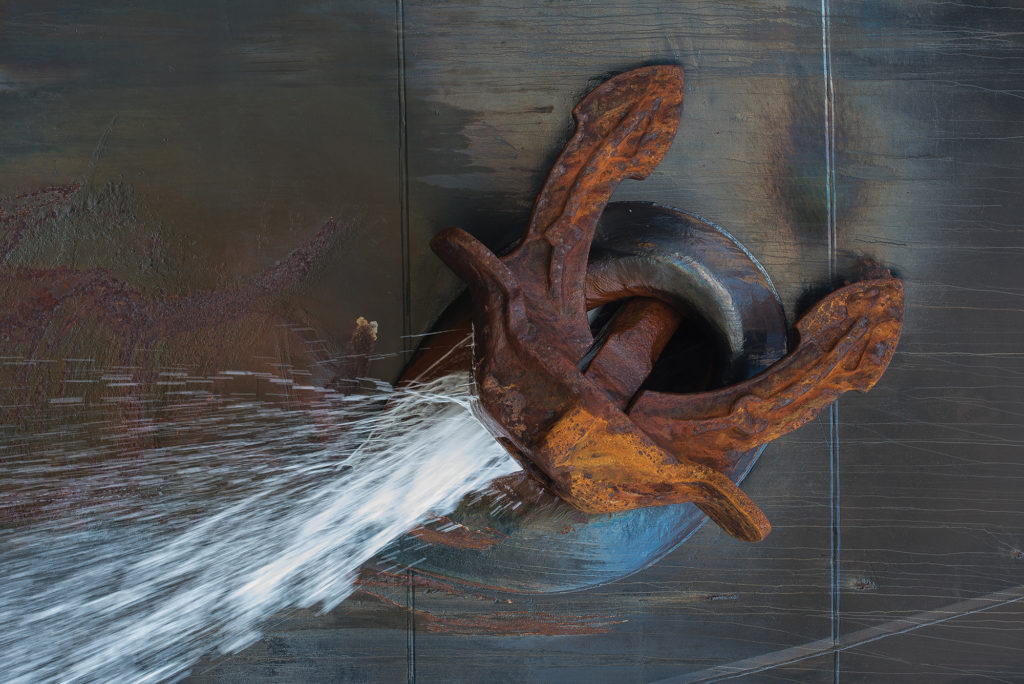Several different components can make up a complete propulsion line including engines, generators, gearboxes, line shaft, bracket and stern tube support bearings, stabilisers, rudders and thrusters. System performance, life and noise rely heavily on accurate alignment of these component parts. Assuring correct alignment of the equipment is a key part of installation, maintenance and fault finding in managing the propulsion system through its operational lifetime. These are all areas in which AtZ can provide supportive product and services.
